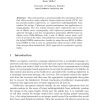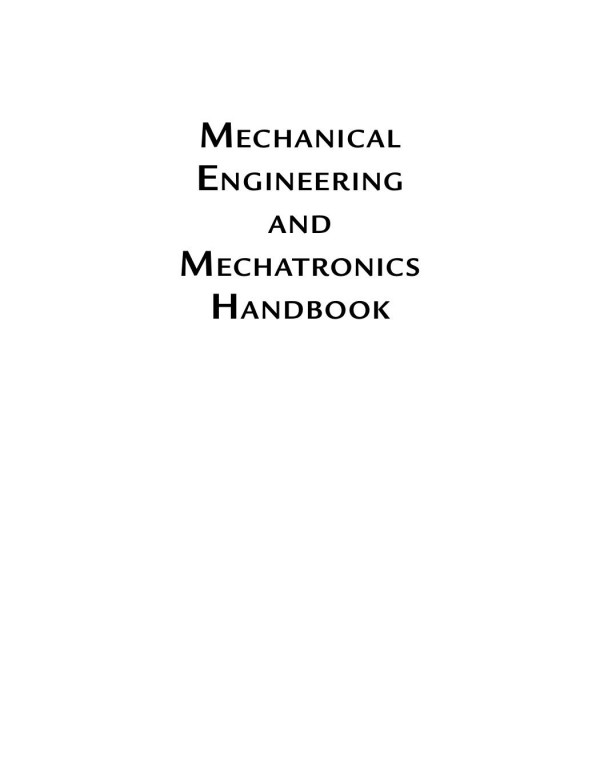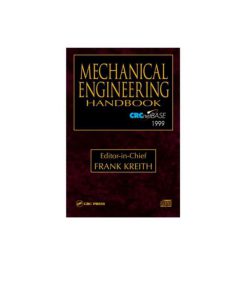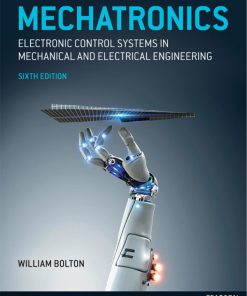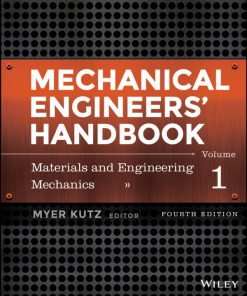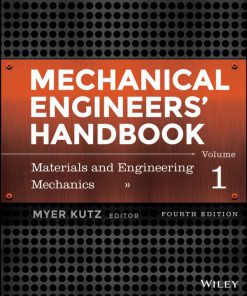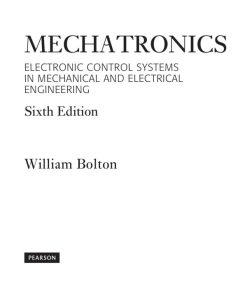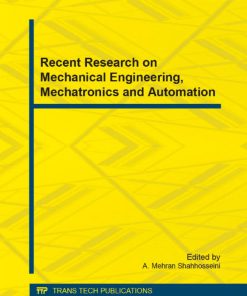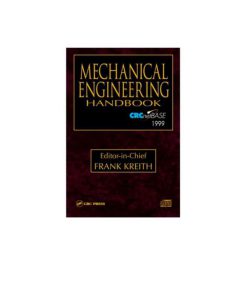Mechanical Engineering and Mechatronics Handbook 1st edition by Kumar 9781683928546 1683928547
Original price was: $50.00.$25.00Current price is: $25.00.
Authors:D. Kumar , Series:Mechatronics Engineering [22] , Tags:Science; Physics; General; Technology & Engineering; Mechanical , Author sort:Kumar, D. , Ids:9781683928560 , Languages:Languages:eng , Published:Published:Apr 2022 , Publisher:Mercury Learning & Information , Comments:Comments:This handbook covers basic concepts in mechanical engineering and mechatronics, including stress and strain, mechanics of solids, internal combustion engines, refrigeration, fluid mechanics, control systems, actuation, robotics, electro-mechanical systems, hydraulics, and more. Using step by step examples and numerous illustrations, the book is designed with a self-teaching methodology, including a variety ofexercises with corresponding answers to enhance mastery of the content. Mechanical engineering and mechatronics concepts provide the skill sets in cross-disciplinary subjects which are needed in modern manufacturing industries. FEATURES: Covers basic concepts in mechanical engineering and mechatronics, including stress and strain, mechanics of solids, internal combustion engines, refrigeration, fluid mechanics, control systems, actuation, robotics, and electro-mechanical systems Includes a variety of exercises (with answers), such as conceptual questions, multiple choice, and fill-in the blanks, to enhance mastery of the content



